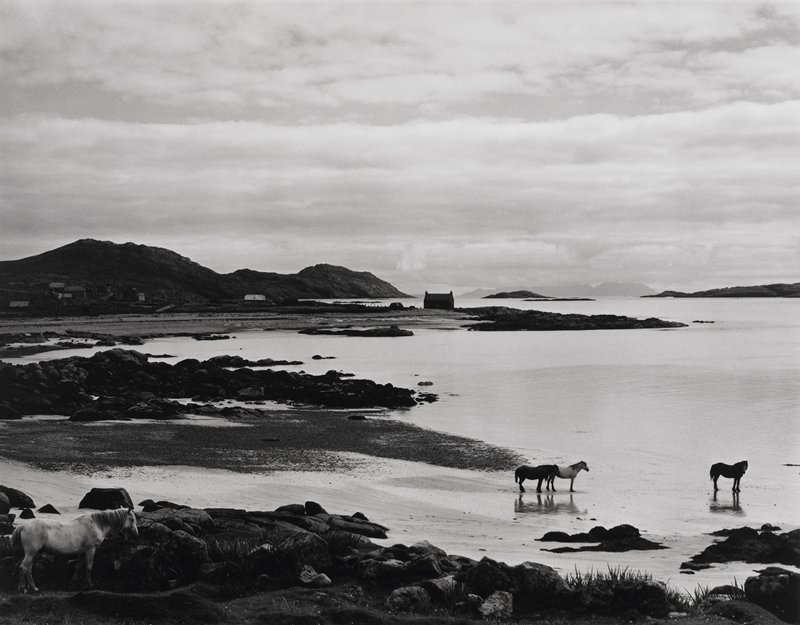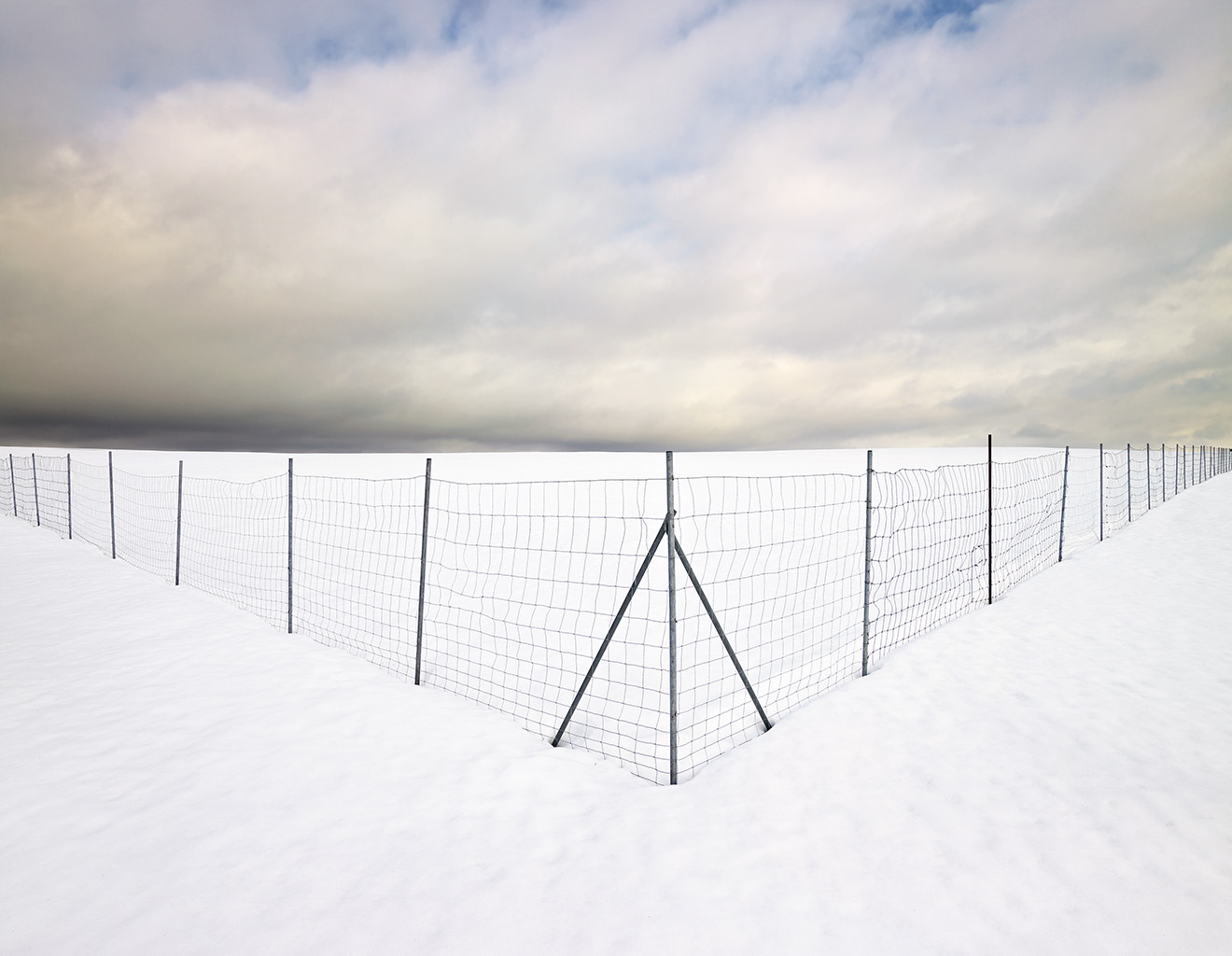
One of the great things about being ‘self-taught’ when it comes to art and photography is that it is a choose your own adventure type of experience. I have, and continue, to explore the things that capture my attention. I will go on deep dives into particular areas until I hit the limit of my attention span and then move on to a different topic. That’s the great part. The not so great part is that this approach leaves large areas not just unexplored but untouched.
I recently rediscovered Paul Strand. I say rediscovered because I’ve certainly heard the name before but couldn’t think of a single iconic image of his when his name recently came up in conversation. I thought that I would spend a few moments this week to have a bit of a read and exploration and share a bit of that here. As an aside, the Metropolitan Museum has a good set of essays on the History of Photography, important movements and photographers including Paul Strand.
Strand was born in 1890 and died in 1976 and as such his photographic career spanned almost all of the 20th century. His early work was very much in the mold of his mentor, Edward J. Steichen – pictoralist – focusing on life in the city. Fascinating to realize that this was at the time when the use of cars were on the rise and so it would have been a period of great change.

His later work focused more on communities. I’m currently looking for a copy of ‘Time in New England’ to complement the book he created from his time in the Outer Hebrides – Tir A’mhurain: The Outer Hebrides of Scotland.
I was surprised, or rather amazed, at the quality of the reproductions in this book. Digging further I learned that Strand was committed to the print and worked hard to be able develop technical expertise that allowed him to capture images with good tonal range. Learn a little more about Paul Strand in the videos below.























